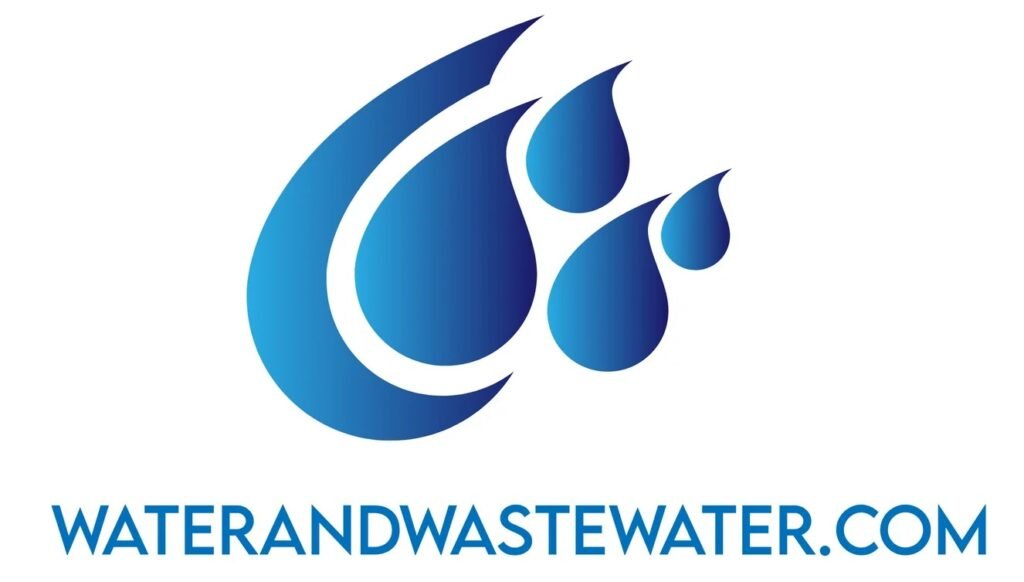Tag: methods
Understanding Chemical Water Softeners: An In-Depth Exploration Water is essential for life, but in its various forms, it can lead to numerous challenges. One such challenge is hard water, which is rich in dissolved minerals, primarily calcium and magnesium. While this water is generally safe for consumption, it can create problems in households and industries […]
The Ultimate Guide to the Best Portable Water Softeners Water is essential for life, but the quality of that water can vary significantly depending on where you live. If you’ve ever dealt with hard water, you know it can wreak havoc on your plumbing, appliances, and even your skin and hair. Hard water contains high […]
Peroxide Injection Water Treatment: An In-Depth Analysis Water is an essential resource for life on Earth, yet it is often jeopardized by pollutants, pathogens, and harmful chemicals. To ensure safe, clean water for consumption, agricultural, and industrial use, numerous water treatment methods are available. One of the increasingly popular and effective approaches is Peroxide Injection […]
Understanding Pneumatic Three-Way Valves: An In-Depth Exploration Pneumatic systems are vital components in various industrial processes, allowing the automation of tasks with speed and efficiency. Among the essential components of these systems are pneumatic valves, particularly three-way valves, which are crucial for controlling the flow of compressed air or other gases. This article delves deep […]
Hydrogen Peroxide Injection System Cost: A Comprehensive Overview Hydrogen peroxide (H₂O₂) is a versatile chemical compound widely used in various applications, including sanitation, water treatment, and disinfection. Its powerful oxidizing properties make it effective in killing bacteria, viruses, and fungi, which is especially important for industries requiring strict hygiene standards. As industries increasingly rely on […]
Understanding the 6-Stage Reverse Osmosis System: A Comprehensive Guide Introduction Water is essential for life, and its quality significantly affects health and well-being. In many parts of the world, tap water may contain contaminants, making it crucial to ensure its purity before consumption. One of the most effective methods for water purification is the reverse […]
Understanding the 4-Stage Reverse Osmosis System: An In-Depth Exploration Water is a fundamental resource that sustains life, and the quality of water we consume is paramount for our health and well-being. With increasing concerns over water pollution and contaminants, reverse osmosis (RO) has emerged as one of the most effective purification methods. This article delves […]
Understanding Chlorine Contact Tank Water Treatment: A Comprehensive Analysis Chlorine contact tank water treatment is a fundamental process in water treatment facilities worldwide, serving as a critical part of the disinfection stage in the treatment of potable water. This article delves deeply into the science, technology, and practical application of chlorine contact tanks, exploring their […]
Chlorine Contact Tank Wastewater Treatment: An In-Depth Examination Introduction to Wastewater Treatment Wastewater treatment is the process of removing contaminants from wastewater and stormwater runoff, primarily from household sewage. It’s a critical process for environmental protection, public health, and resource recovery. The primary goal is to make water safe for release back into the environment […]
The Ozone Bubble Diffuser: Revolutionizing Water Treatment and Aquaculture Introduction The pursuit of clean water and efficient aquaculture has led to innovative solutions across various industries. In recent years, the Ozone Bubble Diffuser has emerged as a vital technology for enzymatic and chemical applications in water treatment. This article delves into the workings, advantages, applications, […]
